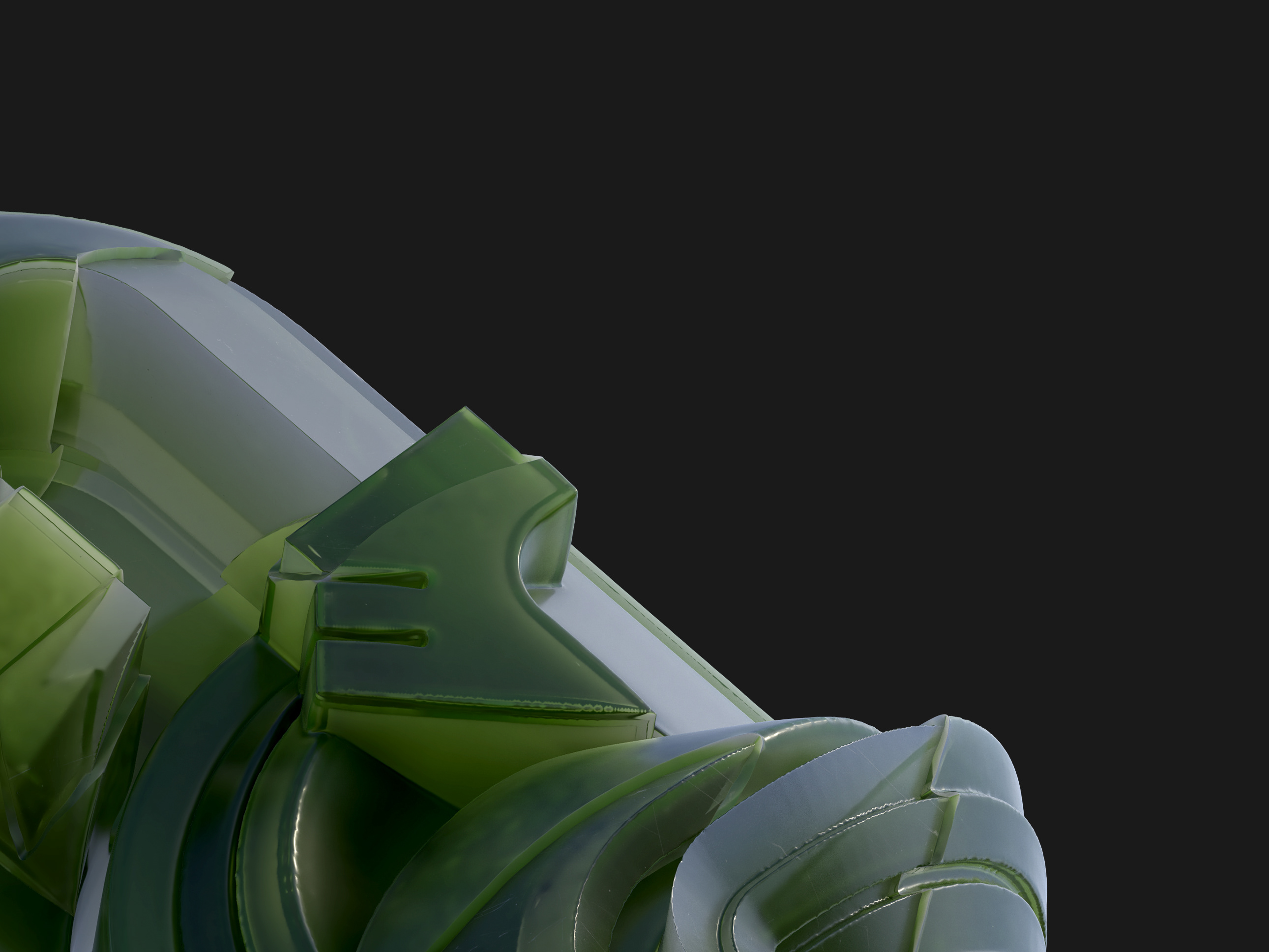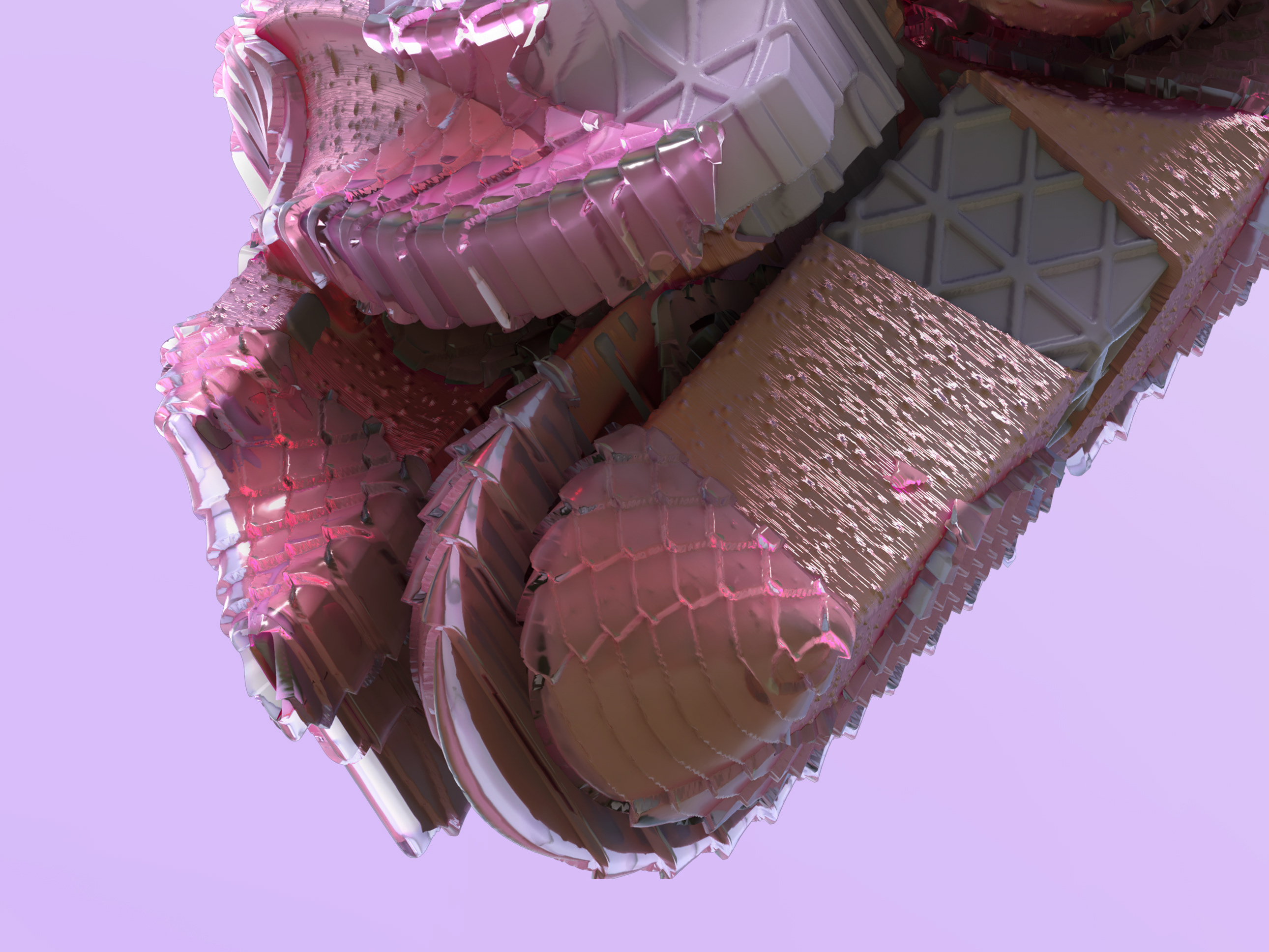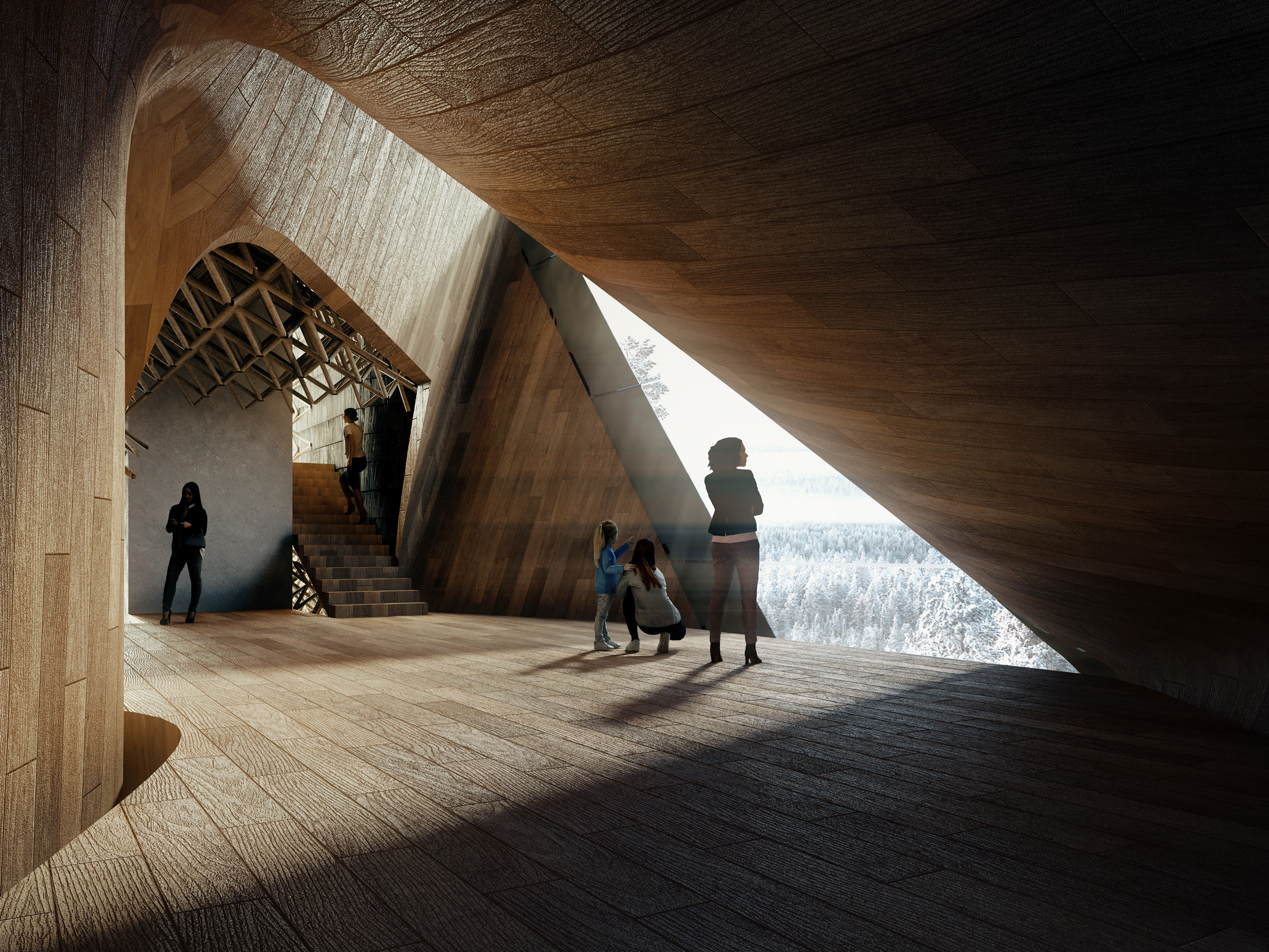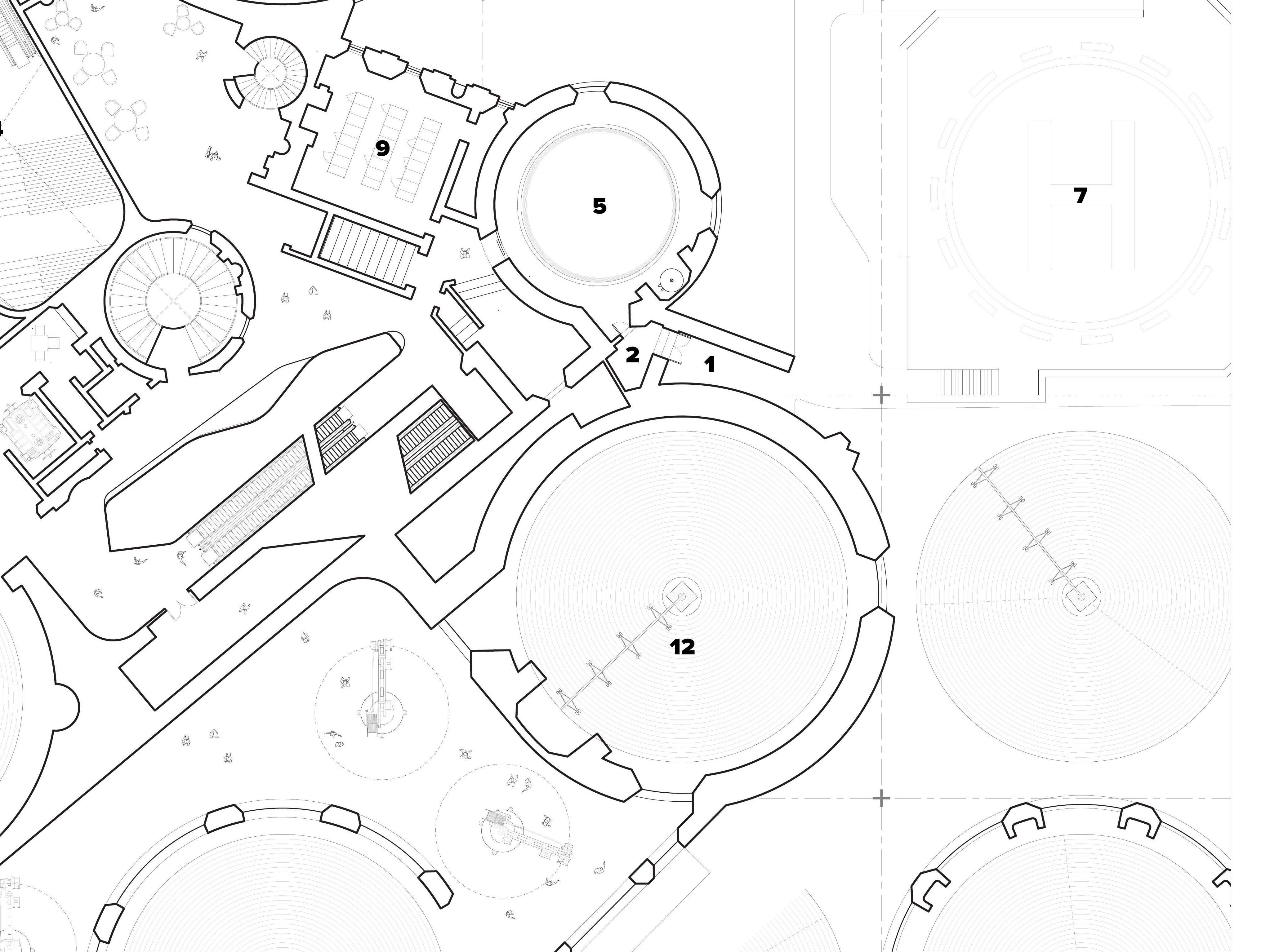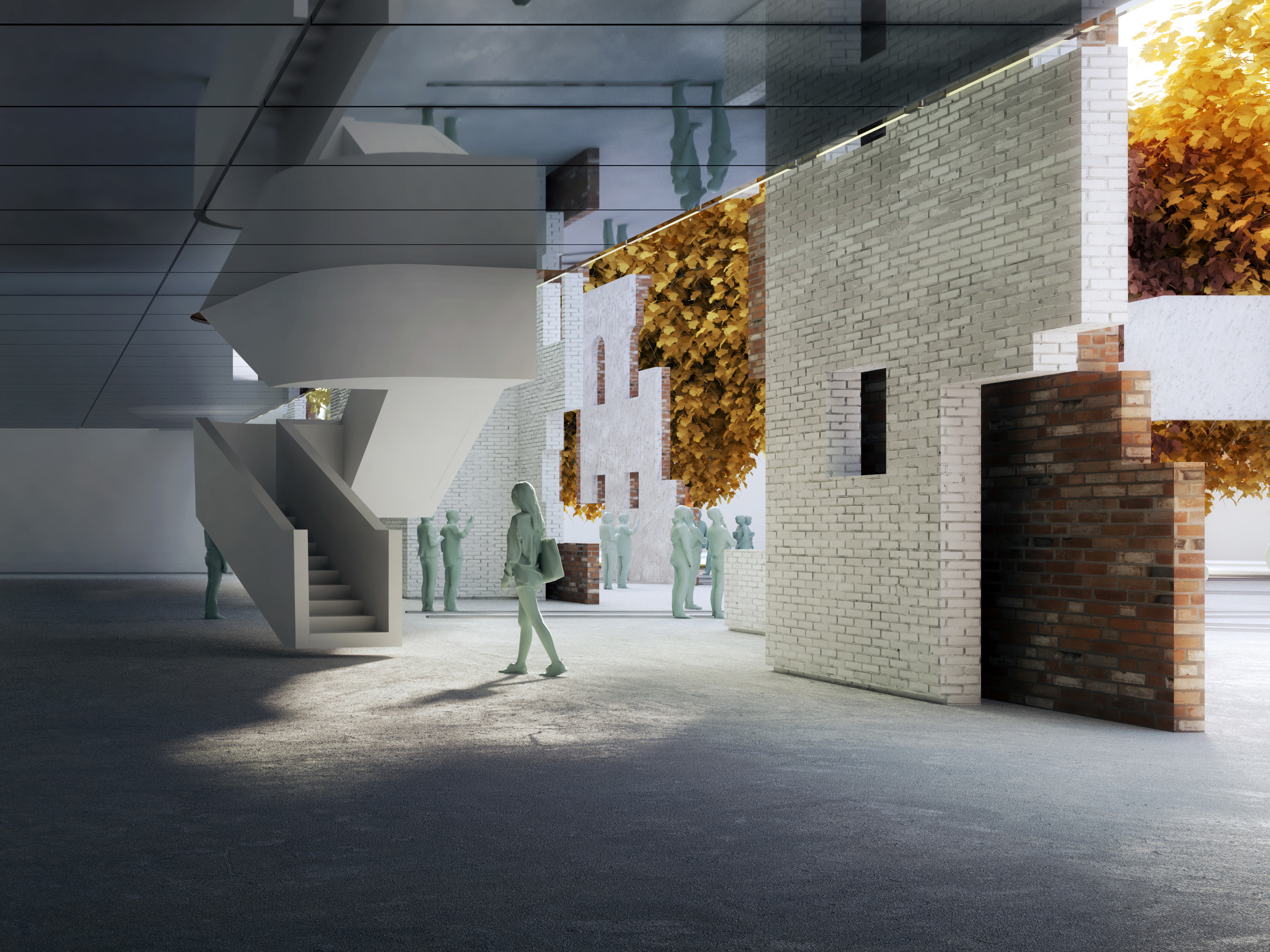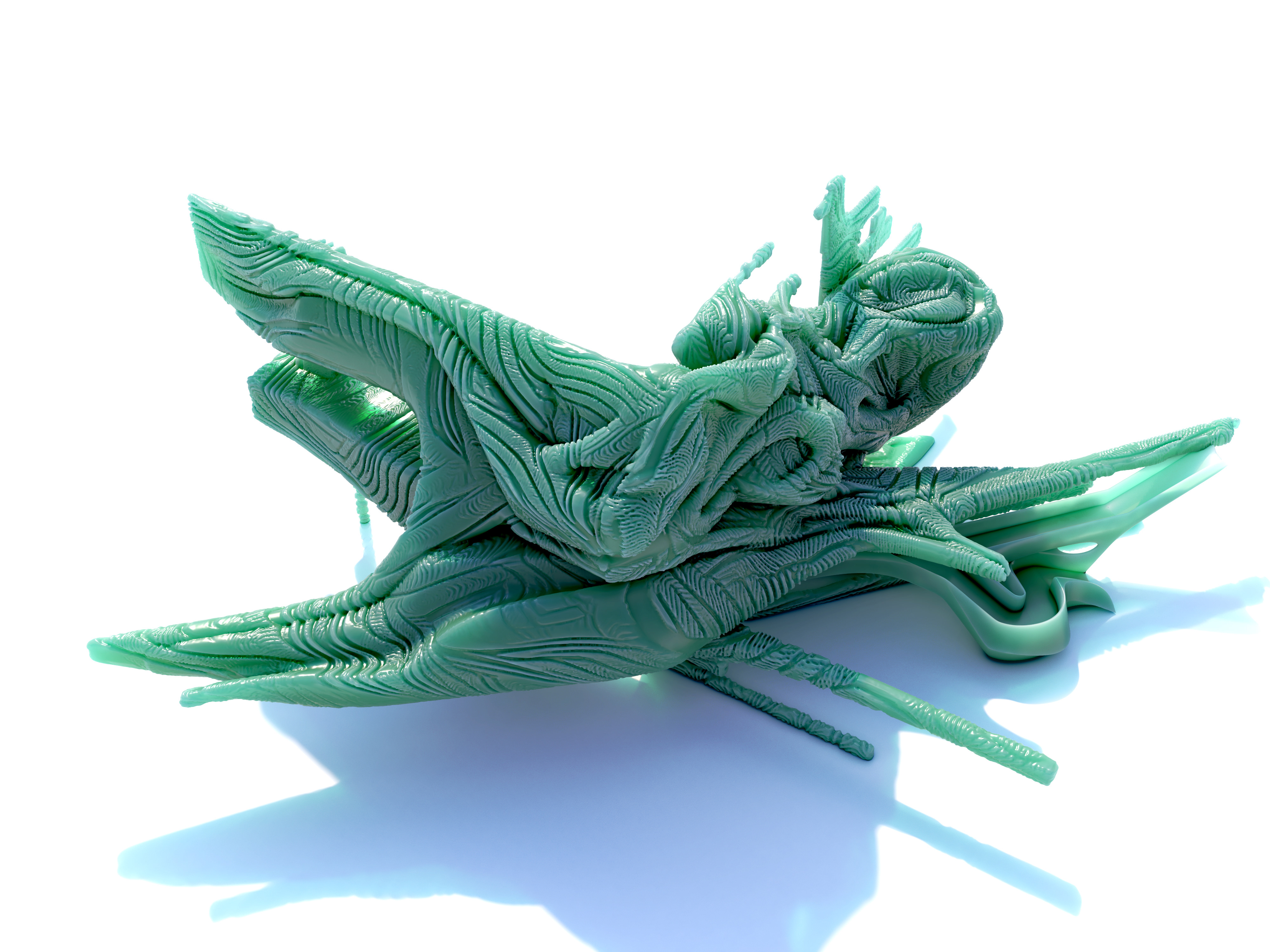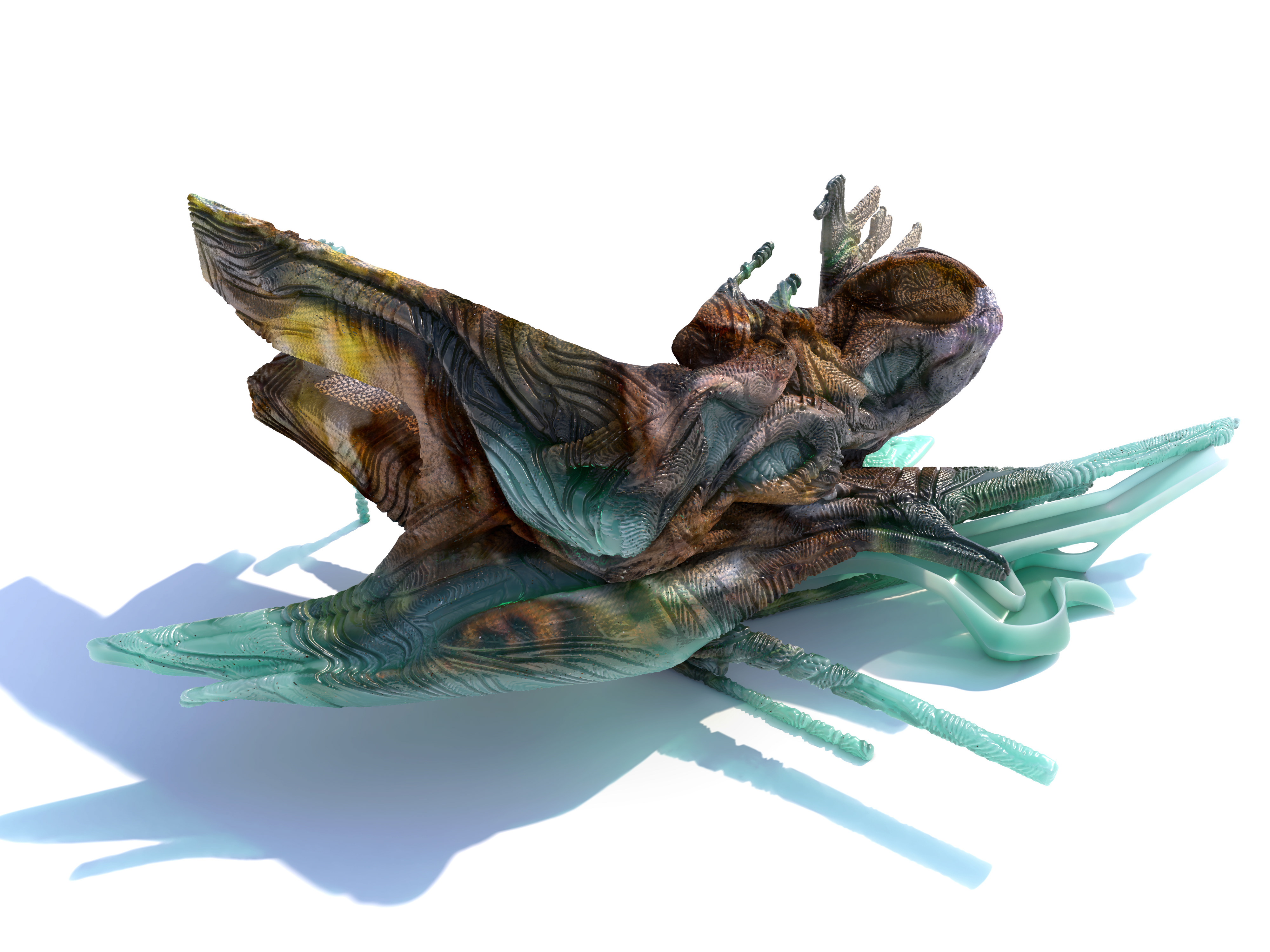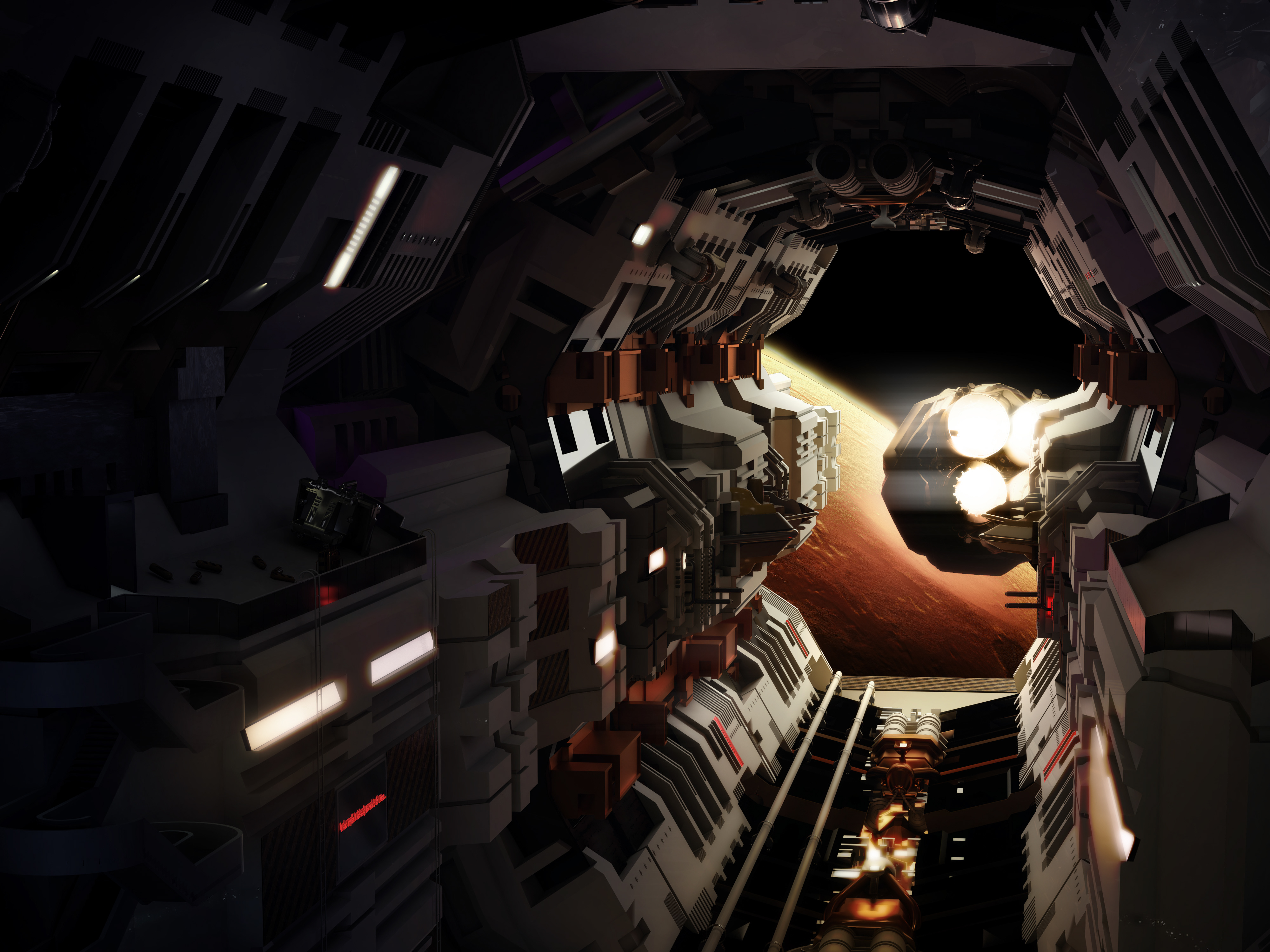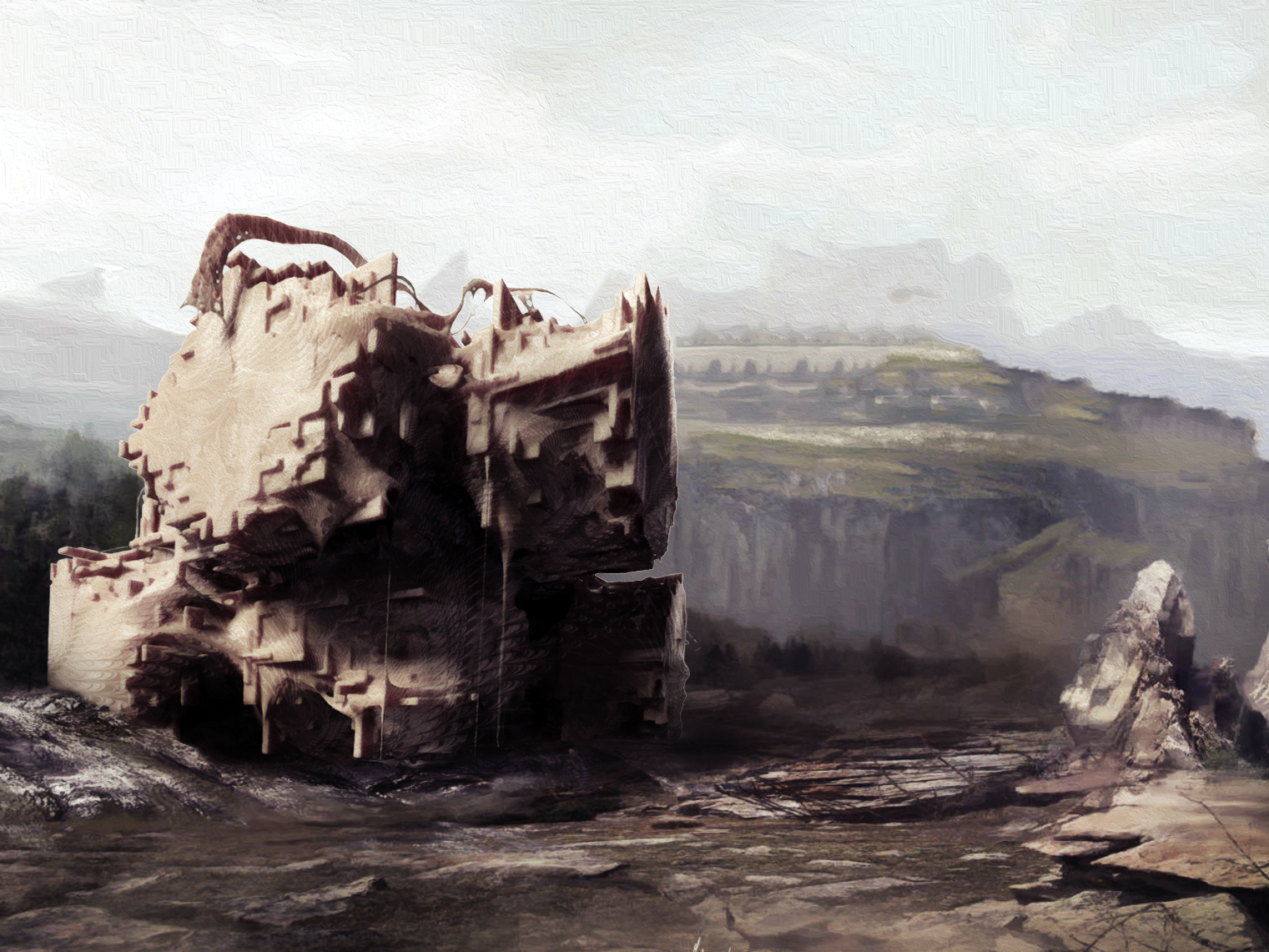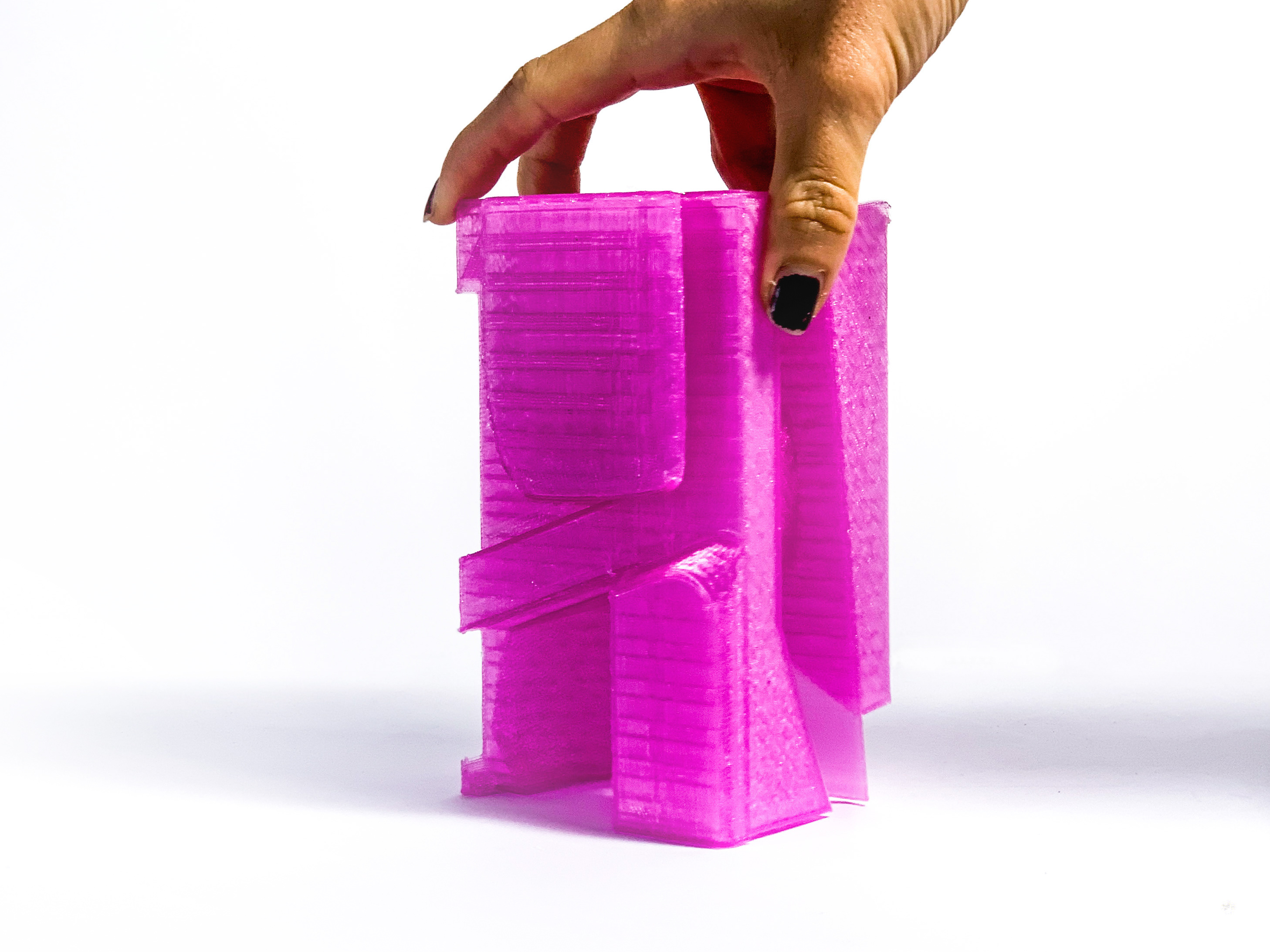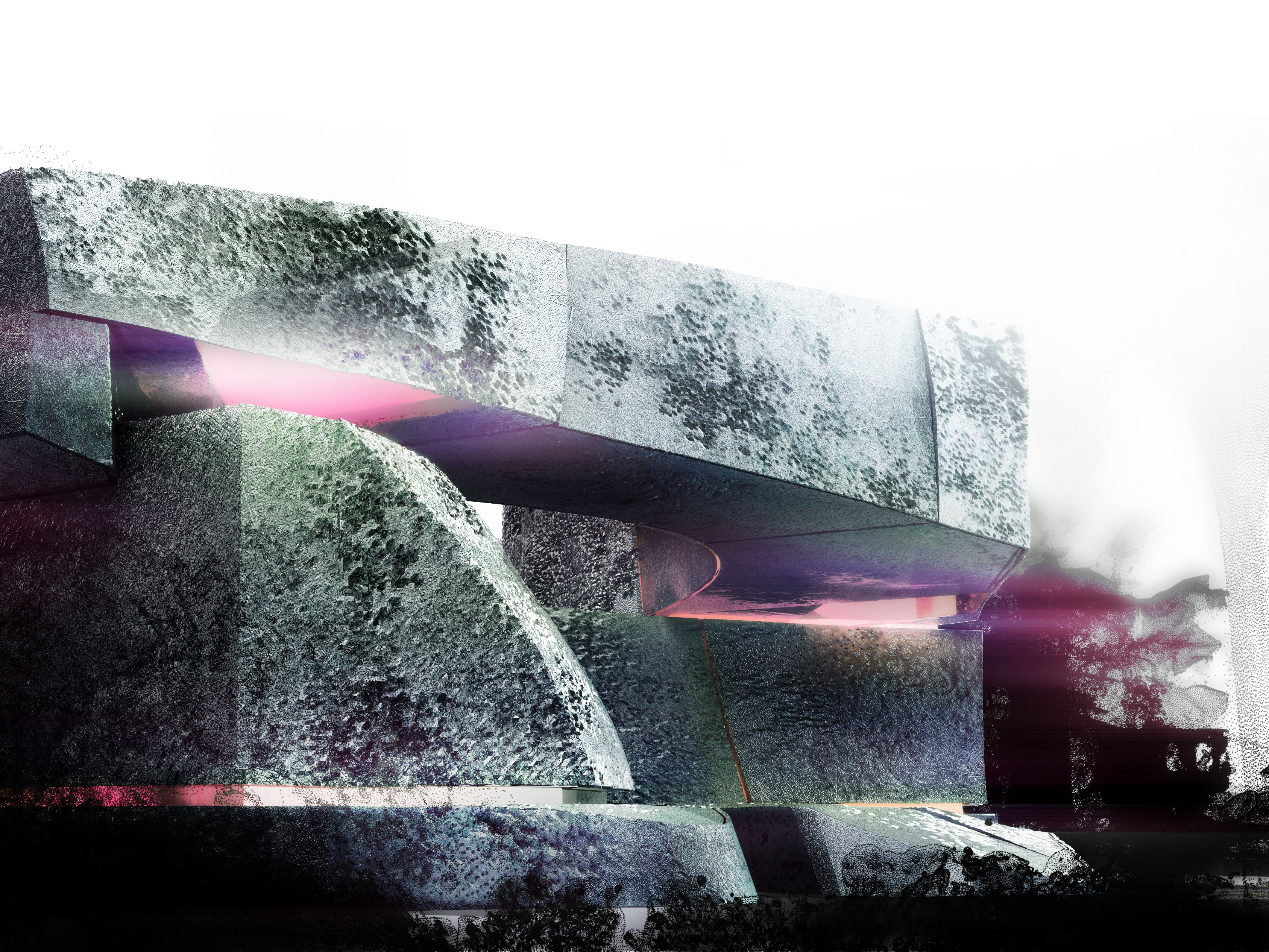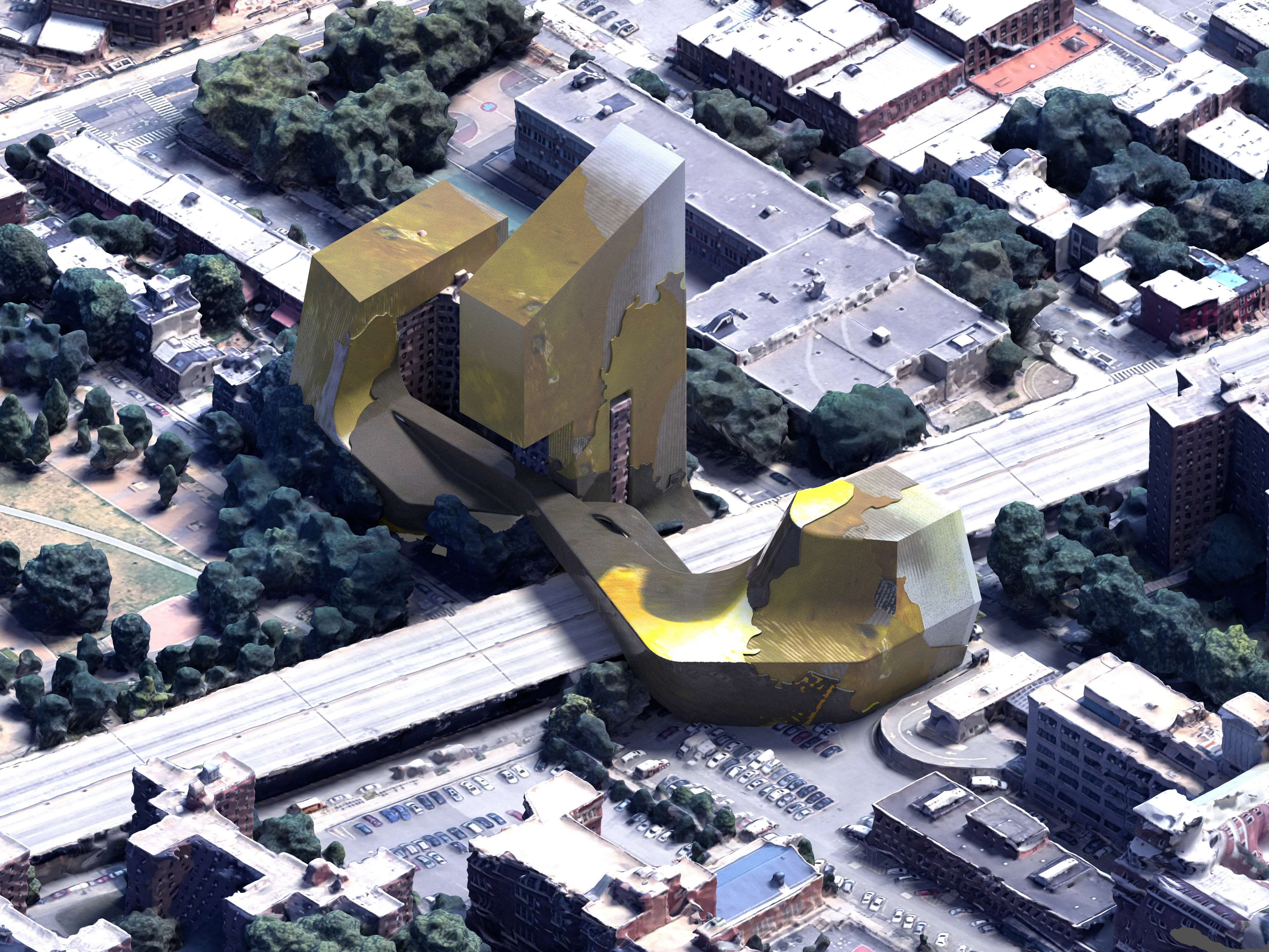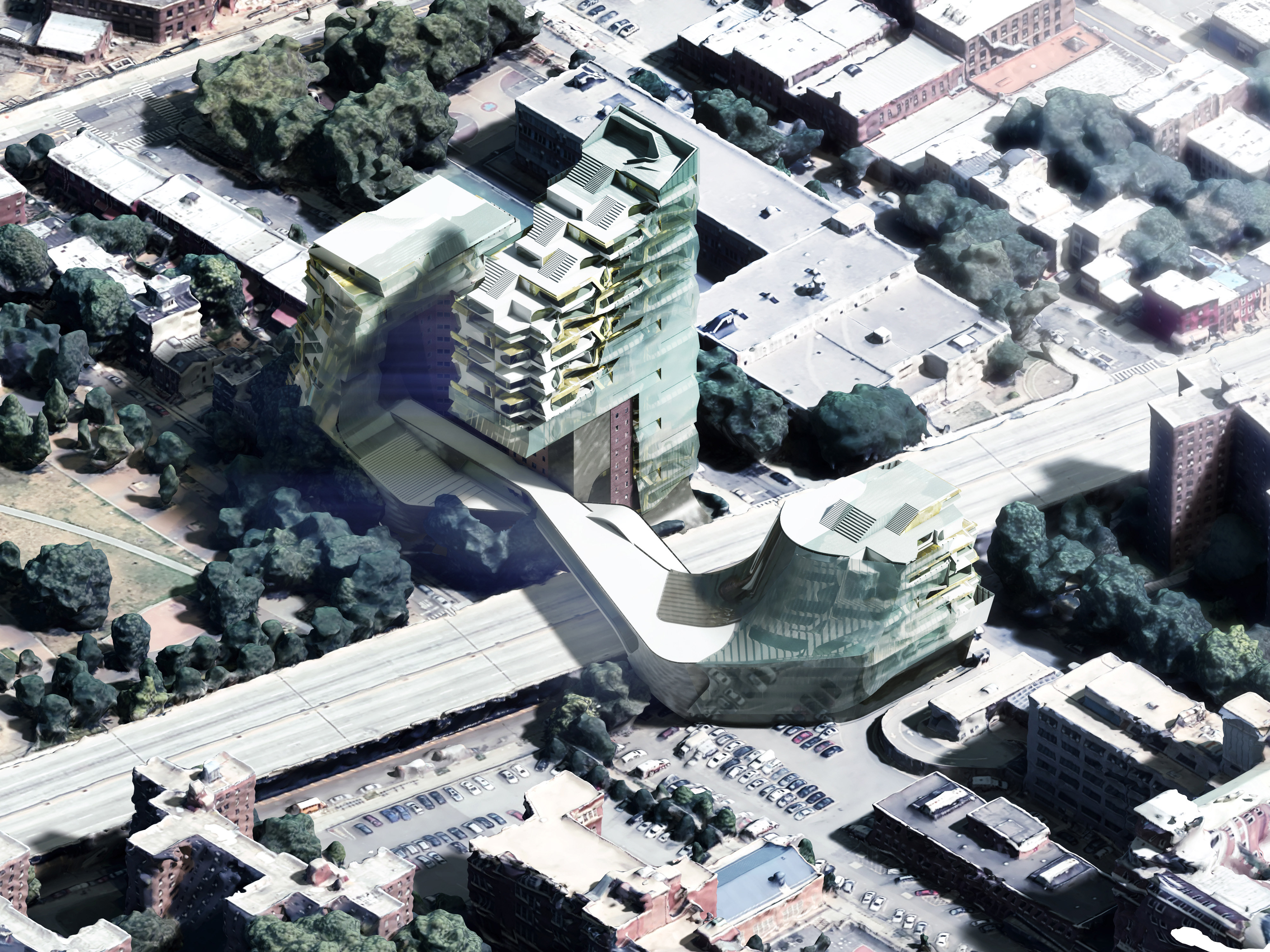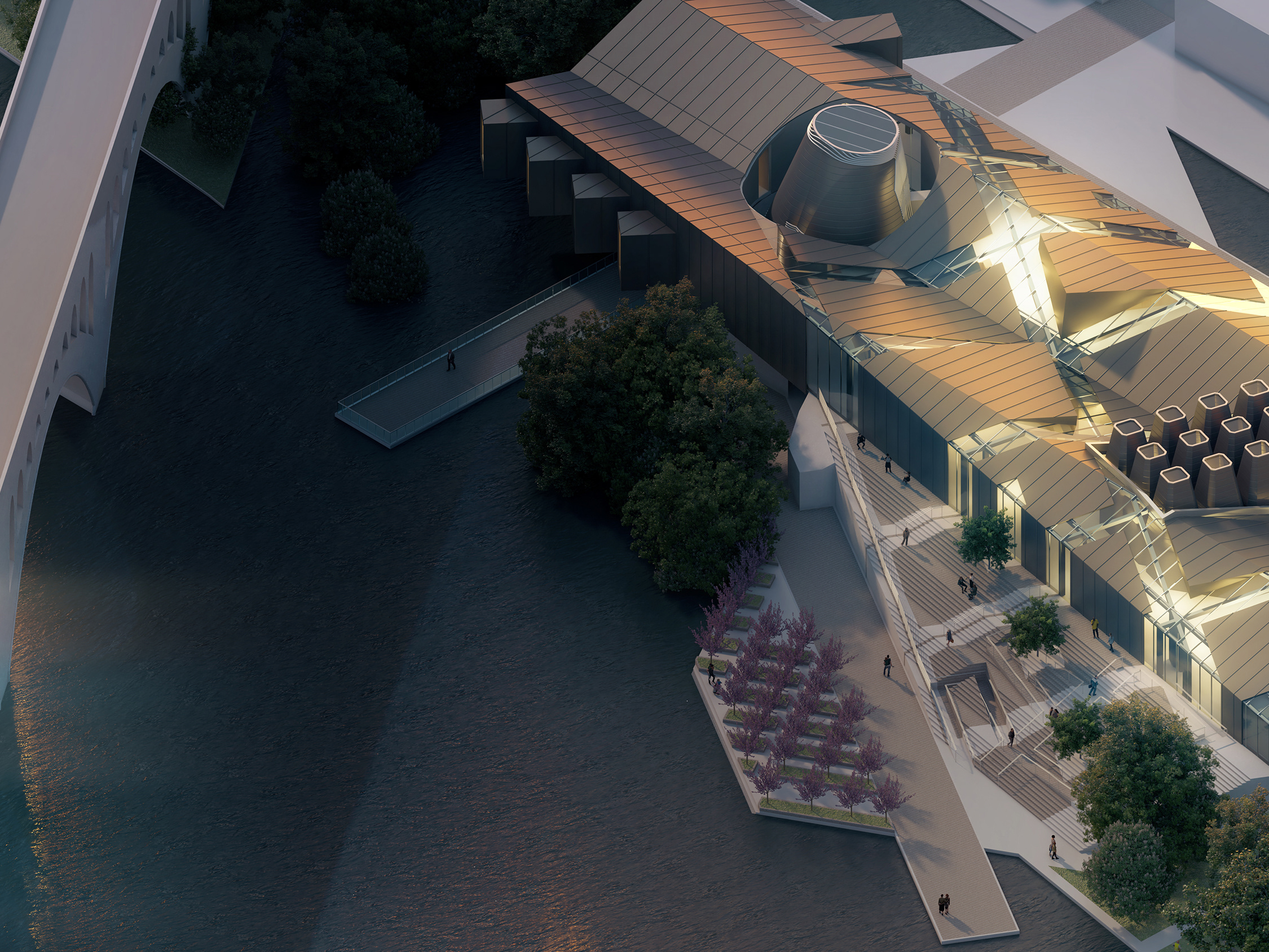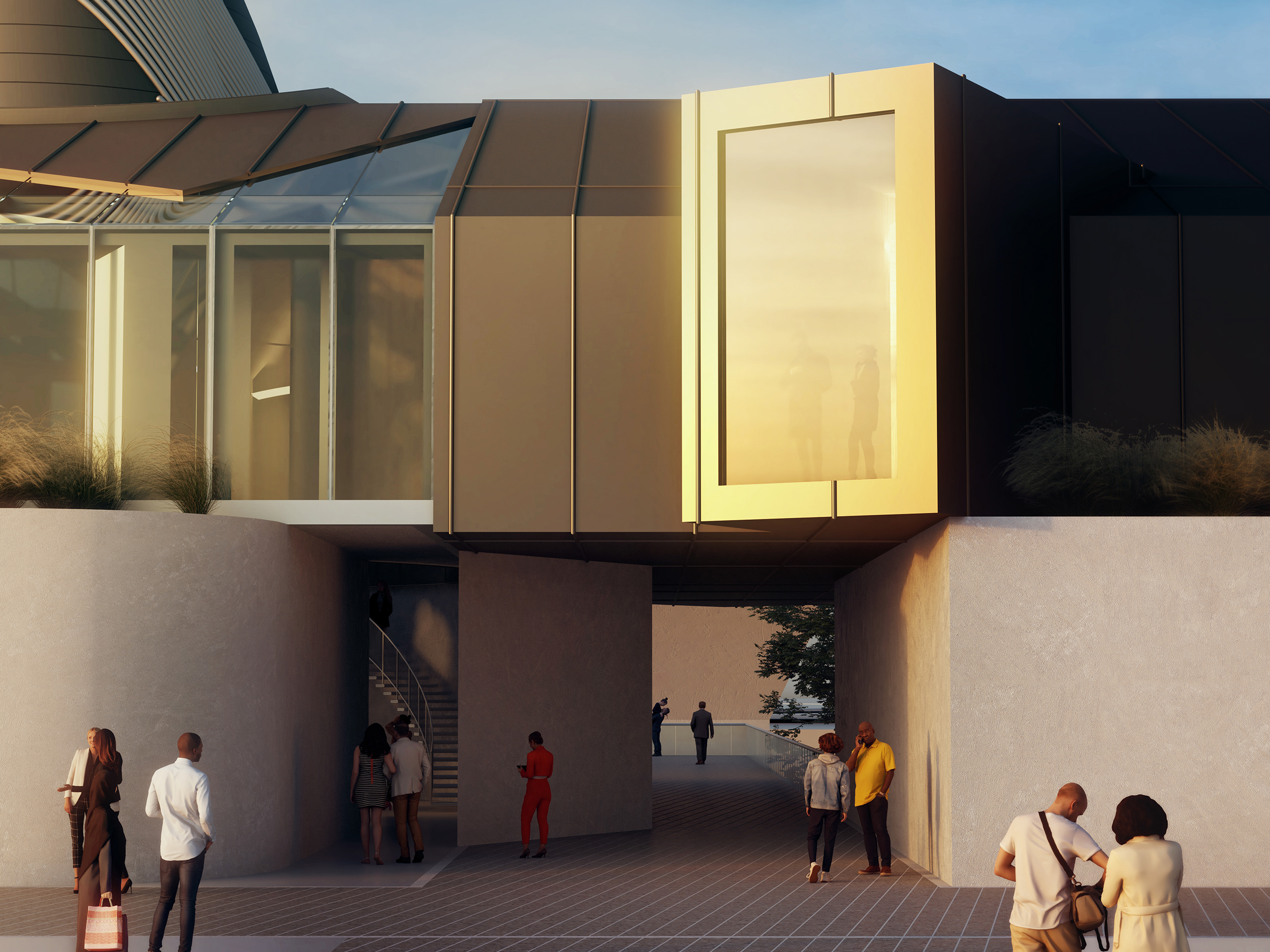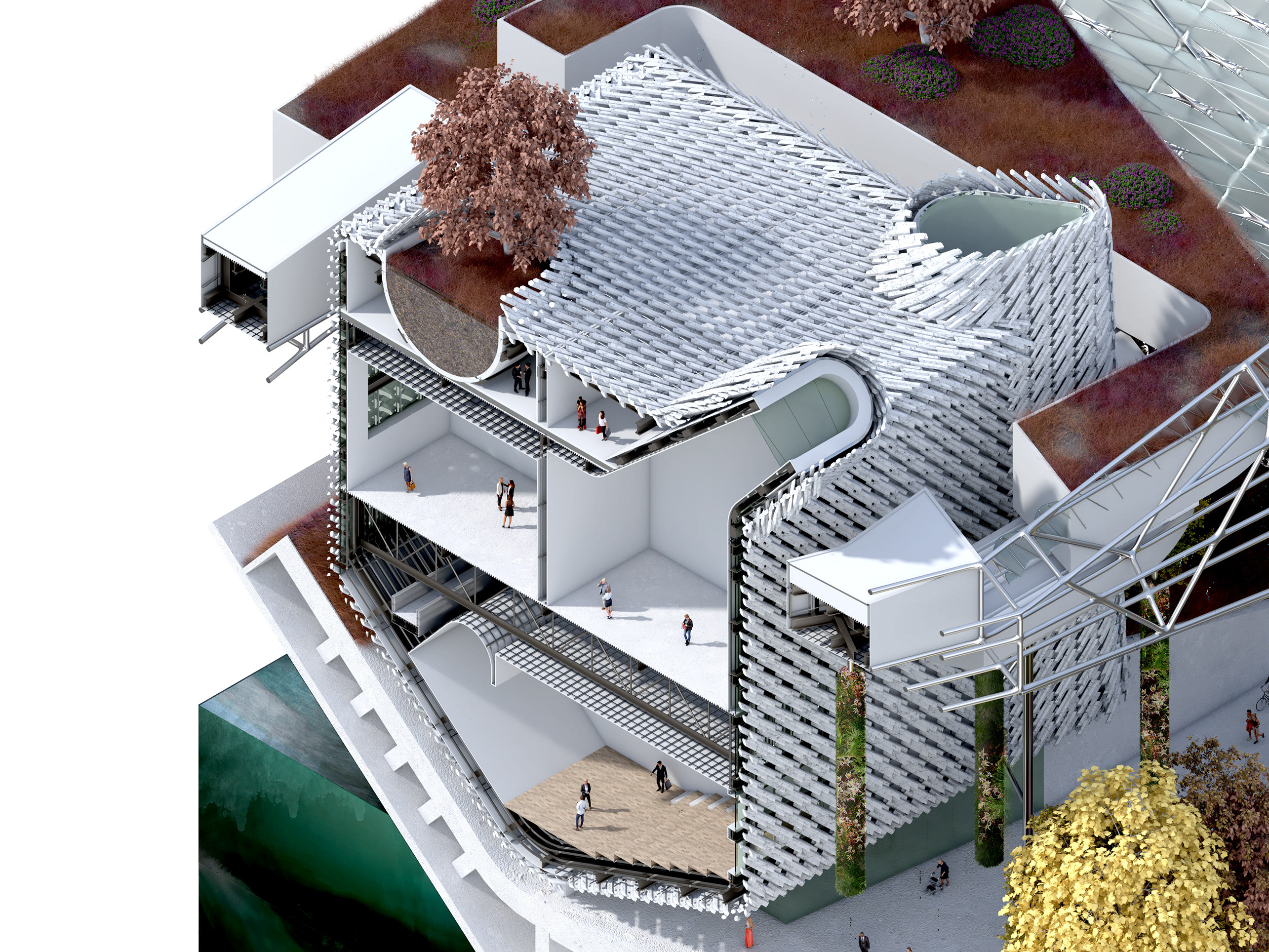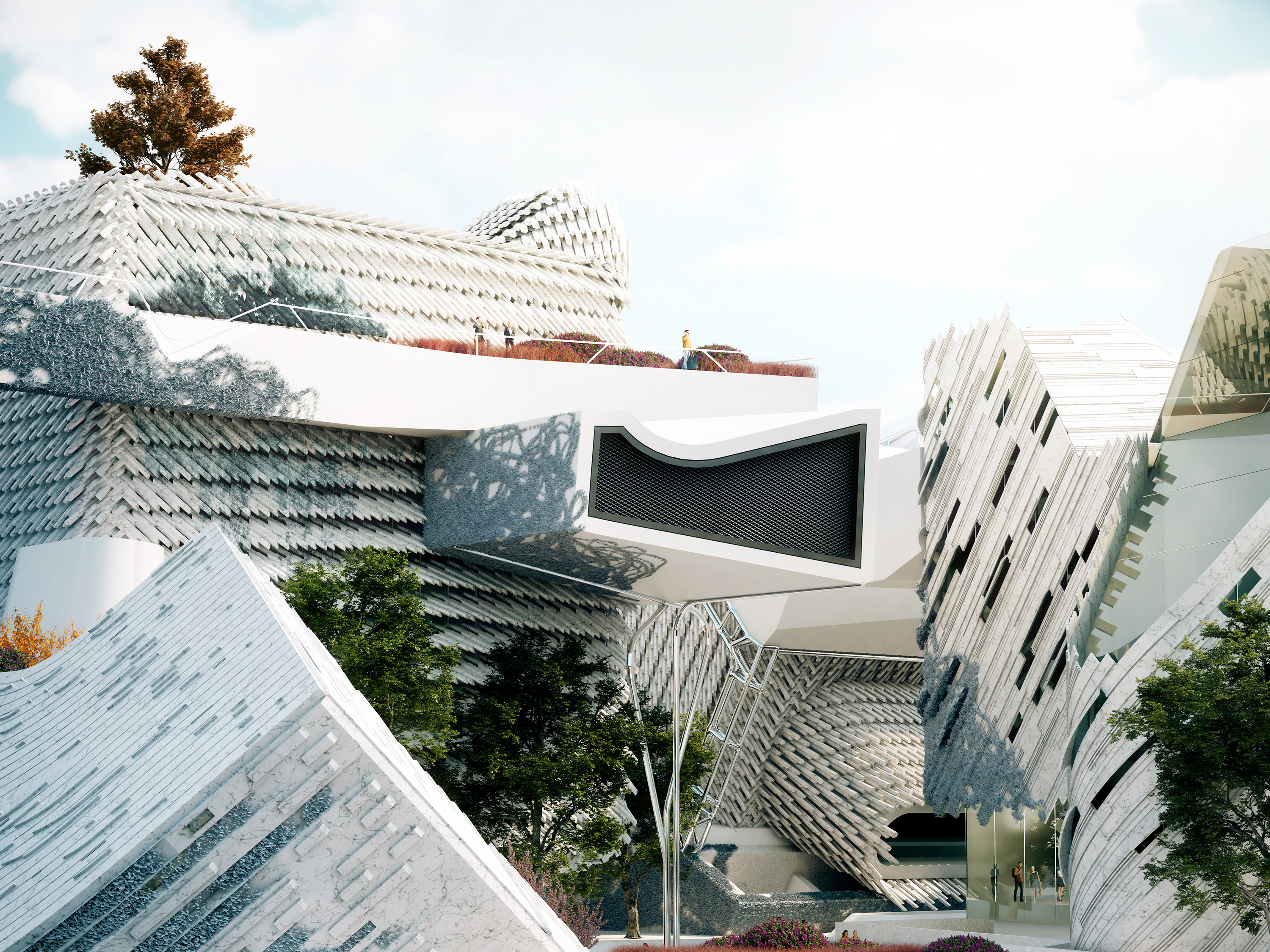THE MATRYOSHKA KIT
Kit of parts COVID-19 care units aimed at creating more equitable testing.
A line of thought has emerged that assumes population density is the greatest driver of where a virus is most likely to spread. However, studies by the Association for Neighborhood & Housing Development in New York City have found that density alone has little to do with the rate of infection. Correlation with high rates of COVID is more apparent in neighborhoods that are overcrowded, measured at number of persons per bedroom. Furthermore, studies within New York City have proven that overcrowded neighborhoods are also communities of color – a metric that directly reflects the history of segregation and inequity in urban planning. In short, it is not population density that is responsible for the impact of a virus – it is a segregated and inequitable city that bears the blame.
Location: Brooklyn, NY || Awards: Published in Surface Magazine || Collaborators: Anna Lim, Nicholas Houser, Hadi Kibbi
The past six months have revealed a myriad of deep flaws throughout America: a healthcare system designed for-profit, a job market that forces thousands onto the streets, and a society of unresolved racism. As a step towards resolving these intertwined issues, our proposal is a COVID care site that can be repurposed into an affordable housing unit, designed specifically for communities of lower-income. Based on the Russian stacking doll, “matryoshka”, the Matryoshka Kit requires users to reveal its layered characteristics throughout deployment, bringing the community together in a way that allows all parties to maintain a safe physical distance.
Although our design is non-site specific, this proposal engages one of the most vulnerable places in America, the Bronx of New York City, to resolve issues of social inequity and affordable housing. Our proposed site is a series of neighborhood blocks in the East Elmhurst county, a zip code continuously reported to have higher rates of COVID within New York City. The area was recently reported with 20% of households overcrowded and a positive COVID rate of 4%. Moreover, 72% of residents are of color and many are employed by La Guardia national airport. Such areas are already densely populated with little room for expansion. However, we saw an opportunity to address the condition of back alleyways where there are currently garages installed separately from apartments. By introducing Care Centers directly into a backyard setting, it is possible to provide more accessible testing and housing to overcrowded neighborhoods.
SOCIAL IMPACT
Care Centers in alleyways allow for neighbors to be tested more often, and alleviates social guilt when interacting with friends. Furthermore, with a center located close by, it is possible for doctors to provide better care for local members of the community who are unable to reach a hospital without a car or are restricted by hours of public transportation. When a Matryoshka Kit is no longer needed as a Care Center, it may be repurposed into an affordable housing unit and placed onto an open lot, therefore decreasing rates of overcrowding within households. The Matryoshka Kit mimics the form of a traditional gabled-roof in order to take on an identity as an extension of the neighborhood.
As a COVID testing site, interiors are designed for the utmost minimal contact between medical technicians and visitors. Circulation is separated intentionally by partitions throughout. When an employee or visitor arrives at the testing center, they take a chair from the disinfectant shelf of the entrance waiting room. Throughout their time at the center, they use a singular chair. Chairs may also be used as outdoor seating while waiting to see a doctor. Each testing center is equipped with as many chairs as its maximum capacity, and therefore, it is easy to keep track of occupancy just by looking at the shelf from the outside or inside. Clear communication of how much capacity a testing center has allows for more transparency between a community and medical technicians, and alleviates stress for both parties.
As a COVID testing site, interiors are designed for the utmost minimal contact between medical technicians and visitors. Circulation is separated intentionally by partitions throughout. When an employee or visitor arrives at the testing center, they take a chair from the disinfectant shelf of the entrance waiting room. Throughout their time at the center, they use a singular chair. Chairs may also be used as outdoor seating while waiting to see a doctor. Each testing center is equipped with as many chairs as its maximum capacity, and therefore, it is easy to keep track of occupancy just by looking at the shelf from the outside or inside. Clear communication of how much capacity a testing center has allows for more transparency between a community and medical technicians, and alleviates stress for both parties.
Cladded in bronze, a natural microbial material, each Matryoshka Kit can be reconfigured into different arrangements depending on how much space is available and the specific needs of a community. Assembled in kits of 3 that can be fit onto the back of the average shipping truck, a complete Matryoshka Kit can be built by any interest group – whether it is hospital employees, construction workers, or even residents of the community themselves. Each component is pulled out in horizontal directions along a system of rolling tracks to create a full care center or home.
